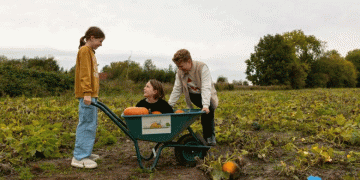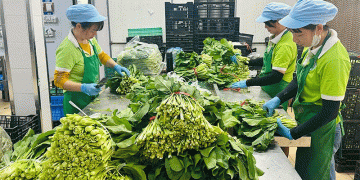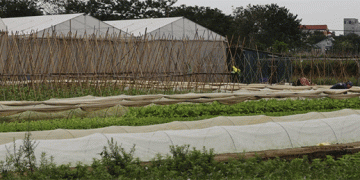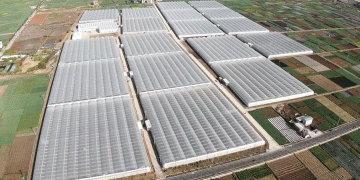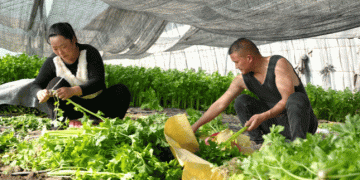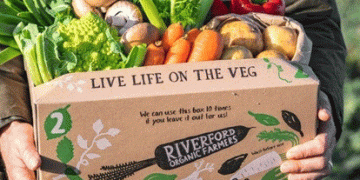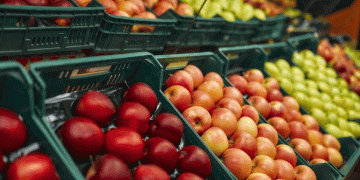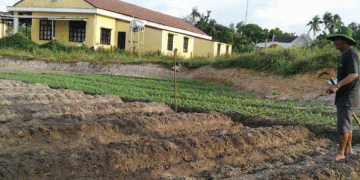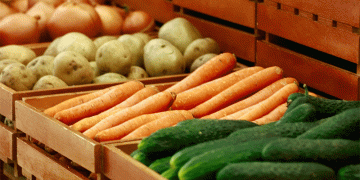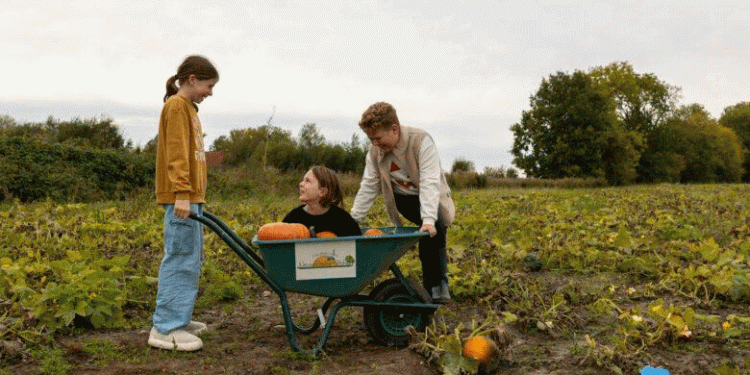In Oostwold, Netherlands, a fifth-annual “Pompoen Plukdagen” (Pumpkin Plucking Days) event transforms a 1.5-hectare field into a vibrant agritourism hub. While free admission attracts a broad audience, the event’s sophisticated structure is a masterclass in generating revenue through multiple, integrated channels. For farmers, agricultural engineers, and farm owners, this model provides a replicable blueprint for creating a profitable and community-celebrated destination that extends far beyond simple pumpkin sales.
The strategic decision to offer free admission and parking is a calculated one aimed at maximizing foot traffic. By removing the initial financial barrier, the event becomes accessible to a wider demographic, ensuring a high volume of visitors—a critical mass necessary for the success of its other revenue-generating activities. This approach aligns with agritourism best practices; a 2022 report by the University of Vermont Extension found that while ticketed events can be profitable, free-entry events often achieve higher total attendance, which can lead to greater overall spending on food, activities, and products, especially when paired with compelling upsell opportunities.
Once on-site, visitors are presented with a multi-faceted economic ecosystem designed to convert their presence into profit:
- Direct Product Sales: The core activity is the U-pick pumpkin operation from an expanded 1.5-hectare field. This shifts the labor of harvesting to the consumer while allowing the farm to sell its produce at retail, not wholesale, prices.
- Activity Fees: While entry is free, specific children’s activities like pumpkin carving and decorating require “a small fee,” creating a direct per-capita revenue stream from a key demographic.
- Vendor Partnerships: Hosting over 45 market vendors likely generates income through stall rental fees and potentially a percentage of sales. This transforms the farm into a marketplace curator without directly managing the inventory of non-agricultural products.
- Community Investment & Marketing: The “heaviest pumpkin” competition, seeded by a school program months in advance, is a strategic masterstroke. It fosters long-term community engagement, educates the next generation, and generates free pre-event publicity, ensuring a committed audience.
This model effectively demonstrates the “freemium” business strategy, where the base product (entry) is free, but premium features (activities, food, pumpkins) are paid. This is supported by data; a study in the Journal of Agribusiness indicated that agritourism farms with more diverse income streams (combining sales, fees, and rentals) demonstrated significantly higher financial resilience.
The Oostwold Pumpkin Plucking Days offer a powerful lesson in modern farm diversification. Success is not about charging for entry but about designing an irresistible, high-value experience that encourages multiple, voluntary transactions per visitor. The key takeaways for agricultural professionals are:
- Leverage Free Access to build critical visitor volume.
- Design Multiple Revenue Streams that seamlessly integrate into the visitor experience (U-pick, paid activities, vendor markets).
- Invest in Long-Term Community Ties through programs like school competitions, which build loyalty and ensure future attendance.
By adopting this integrated approach, farms can create a sustainable agritourism model that celebrates the harvest while solidifying their financial bottom line.
